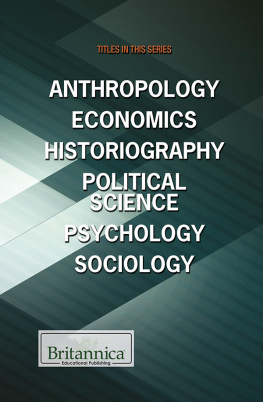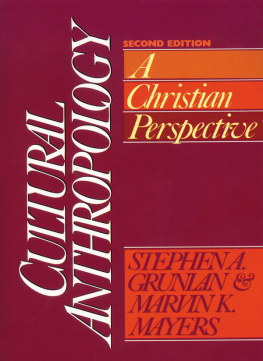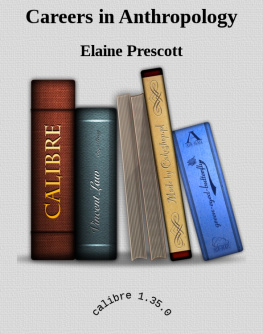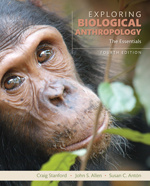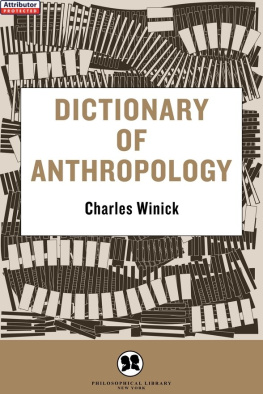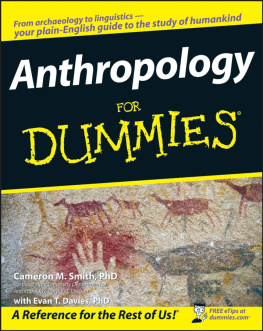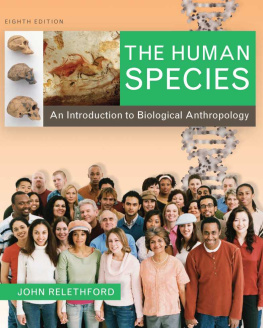Cover
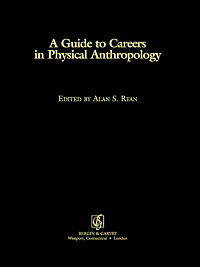
| title | : | A Guide to Careers in Physical Anthropology |
| author | : | Ryan, Alan S. |
| publisher | : | Greenwood Publishing Group |
| isbn10 | asin | : | 0897896939 |
| print isbn13 | : | 9780897896931 |
| ebook isbn13 | : | 9780313003905 |
| language | : | English |
| subject | Physical anthropology--Vocational guidance, Anthropology, Physical, Vocational Guidance. |
| publication date | : | 2002 |
| lcc | : | GN62.G85 2002eb |
| ddc | : | 599.9/023 |
| subject | : | Physical anthropology--Vocational guidance, Anthropology, Physical, Vocational Guidance. |
Page i
A Guide to Careers in Physical Anthropology
Page ii
This page intentionally left blank.
Page iii
A Guide to Careers in Physical Anthropology
EDITED BY ALAN S. RYAN

BERGIN & GARVEY
Westport, Connecticut London
Page iv
Library of Congress Cataloging-in-Publication Data
A guide to careers in physical anthropology / edited by Alan S. Ryan.
p. cm.
Includes bibliographical references and index.
ISBN 0897896939 (alk. paper)
1. Physical anthropologyVocational guidance. I. Ryan, Alan S., 1950
GN62.G85 2002
599.9'023dc21 2001037651
British Library Cataloguing in Publication Data is available.
Copyright 2002 by Alan S. Ryan
All rights reserved. No portion of this book may be
reproduced, by any process or technique, without the
express written consent of the publisher.
Library of Congress Catalog Card Number: 2001037651
ISBN: 0897896939
First published in 2002
Bergin & Garvey, 88 Post Road West, Westport, CT 06881
An imprint of Greenwood Publishing Group, Inc.
www.greenwood.com
Printed in the United States of America

The paper used in this book complies with the
Permanent Paper Standard issued by the National
Information Standards Organization (Z39.481984).
10 9 8 7 6 5 4 3 2 1
Page v
Contents
Introduction
Alan S. Ryan | vii |
| The Meaning of Physical Anthropology
Alan S. Ryan | |
| Teaching Physical Anthropology in a University: The Traditional Career
Curtis W. Wienker | |
| Teaching Physical Anthropology in the Community College
Philip L. Stein | |
| The Practice of Physical Anthropology in a Museum Environment
Douglas H. Ubelaker | |
| Paleoanthropology at Home and in the Field
Andrew Kramer | |
| Primatology as a Career
Kevin D. Hunt | |
| The Post-Doc Experience: Is There a Light at the End of the Tunnel?
Anne C. Stone | |
Page vi
| Krogman, His Cleft Palate Collection, and Me: or, What Can an Auxologist Do Today?
Evelyn J. Bowers-Bienkowski | |
| Teaching Anatomy at a University
Mark F. Teaford | |
| Research Faculty in Medical, Nursing, and Public Health Schools
Stephen T. McGarvey and Gary D. James | |
| Physical Anthropology, Medical Genetics, and Research
Bert B. Little | |
| Opportunities in Public Health and International Nutrition
Reynaldo Martorell | |
| Having FunA Jock in Two Worlds: Kinesiology and Human Biology
Robert M. Malina | |
| Government Research: Links to Biomedicine and Public Health
Ralph M. Garruto | |
| Private Industry: Research for Profit
Alan S. Ryan | |
| Independent Consulting: Making Your Own Rules
Marilyn R. London | |
| Journalism: Bringing Science to the Public
Kate Wong | |
| Forensic Science as a New Arena for a Human Biologist
Moses S. Schanfield | |
Index | 297 |
About the Editor and Contributors | 303 |
Page vii
Introduction
Alan S. Ryan
The field of physical or biological anthropology is intrinsically interesting and compelling. Students are drawn to the discipline because it sheds light on fundamental questions of interest to everyone. Answers to questions such as What makes us human?, How do we differ from other animals and from one another?, How did we evolve?, and What is the relationship between human biology and culture? provide clues to our understanding of human nature and the evolutionary history of our species since its origins.
Interest in physical anthropology has benefited greatly from increased attention from the media, from popular books, and from television series such as NOVA, National Geographic, and Discovery. In the media, the physical anthropologist is often portrayed as a pith-helmeted adventurer, tracking chimpanzees through the forest or discovering bones of our million-year-old ancestors. Although some physical anthropologists truly study chimpanzees and the fossils of human ancestors, many others consider different fascinating subjects. The diversity of topics investigated by physical anthropologists seems endless. Research interests include human and primate origins, primate societies, growth and development, genetics, osteology, human reproduction, forensic science, and nutrition, to name a few.
What pulls these different subjects together is that they share interest in the same subjecthuman beings. Physical anthropology is a sub-field of anthropology. Other sub-fields include cultural anthropology, anthropological archaeology, and linguistic anthropology. As a whole, anthropology has a wider scope than its sub-fields and encompasses almost everything
Page viii
pertaining to humans. In fact, the traditional textbook definition of anthropology is the study of humans. What makes anthropology different from other subjects that study human beings and human behavior, such as history, geography, political science, philosophy, sociology, economics, and psychology, is that anthropology considers both biology and culture. Culture is learned behavior. Culture includes the social and economic systems, customs, religion, and other behaviors that are acquired through the process of learning. The joint emphasis on both culture and biology is central to anthropology and vital to our understanding of the human condition. The biocultural perspective of anthropology establishes its strength as a science: it is holistic, in that it takes into consideration all aspects of human life. Another important strength of the discipline is that it is temporally unboundedit considers humans today and in the remote past.
Next page


